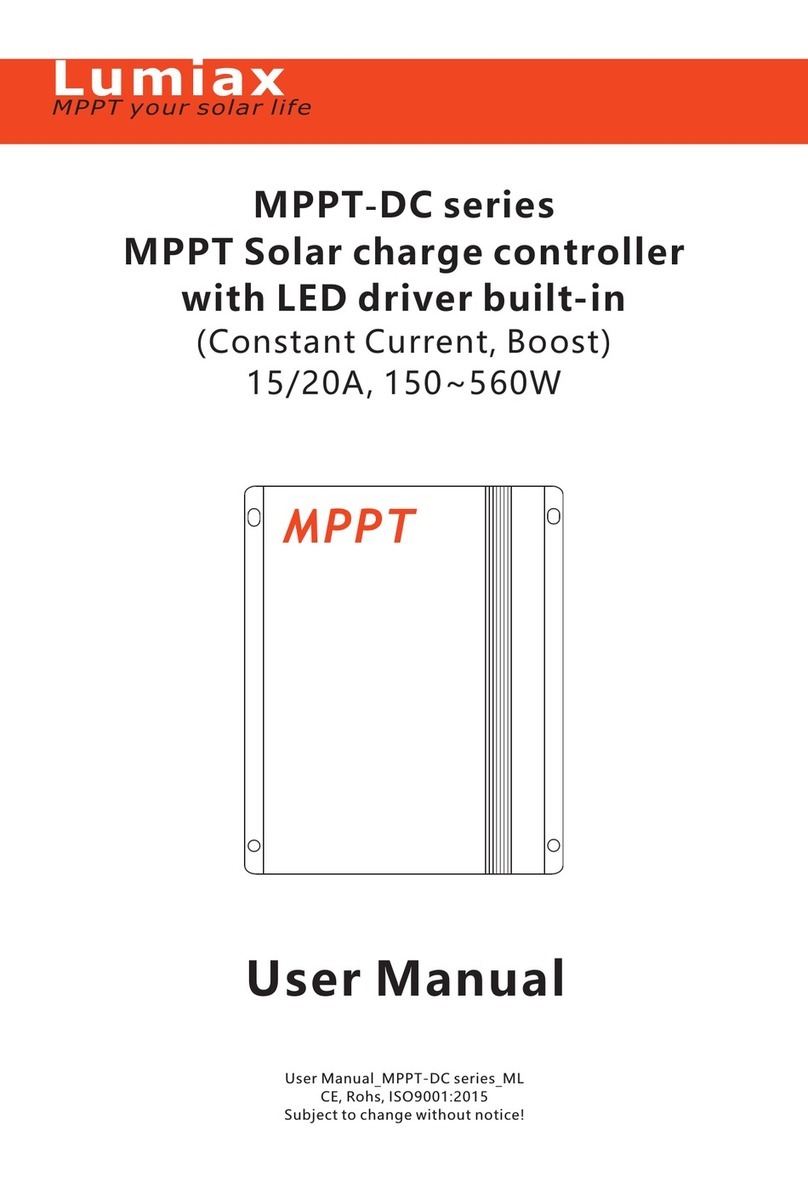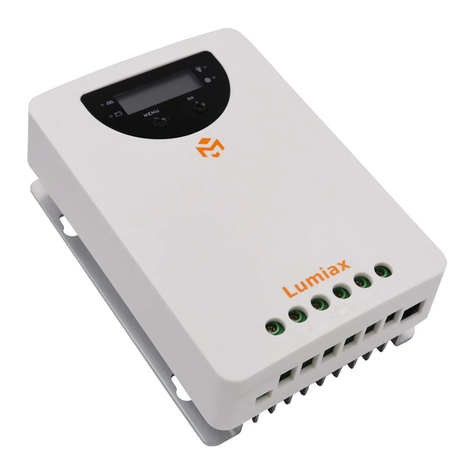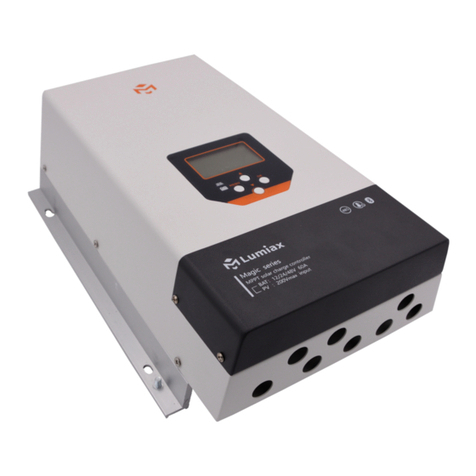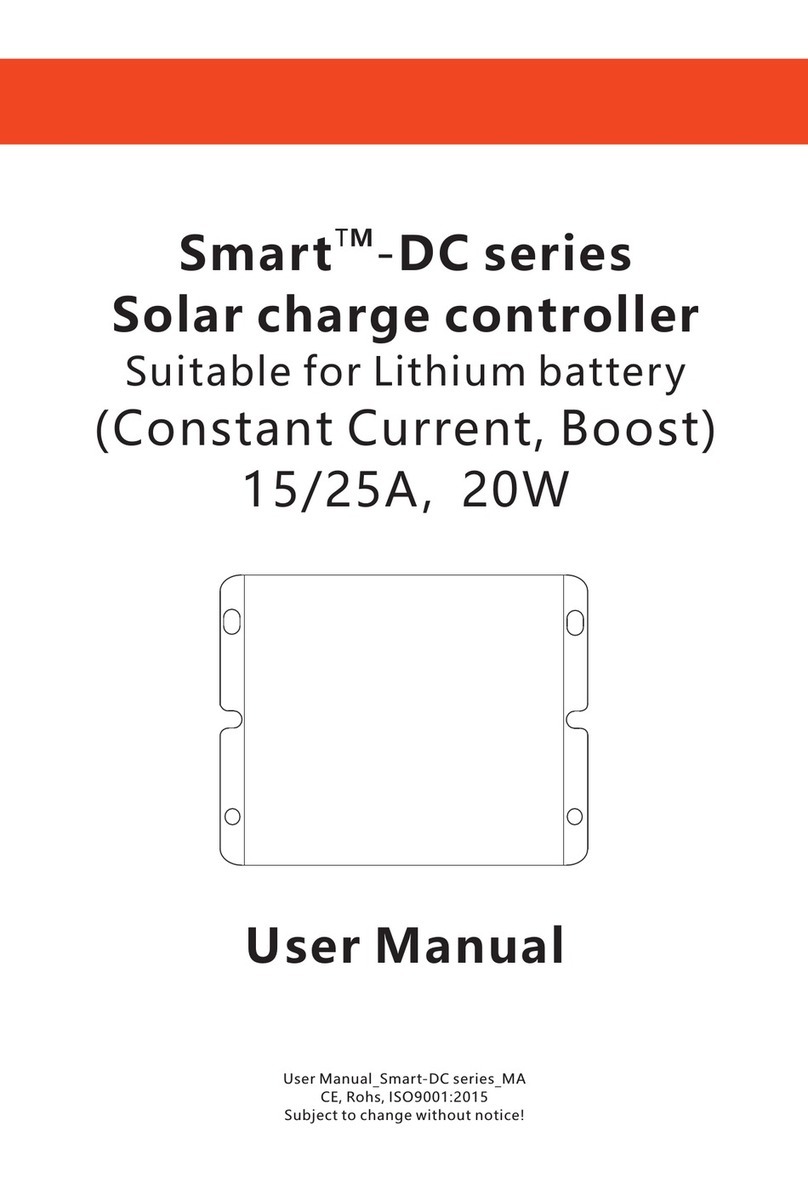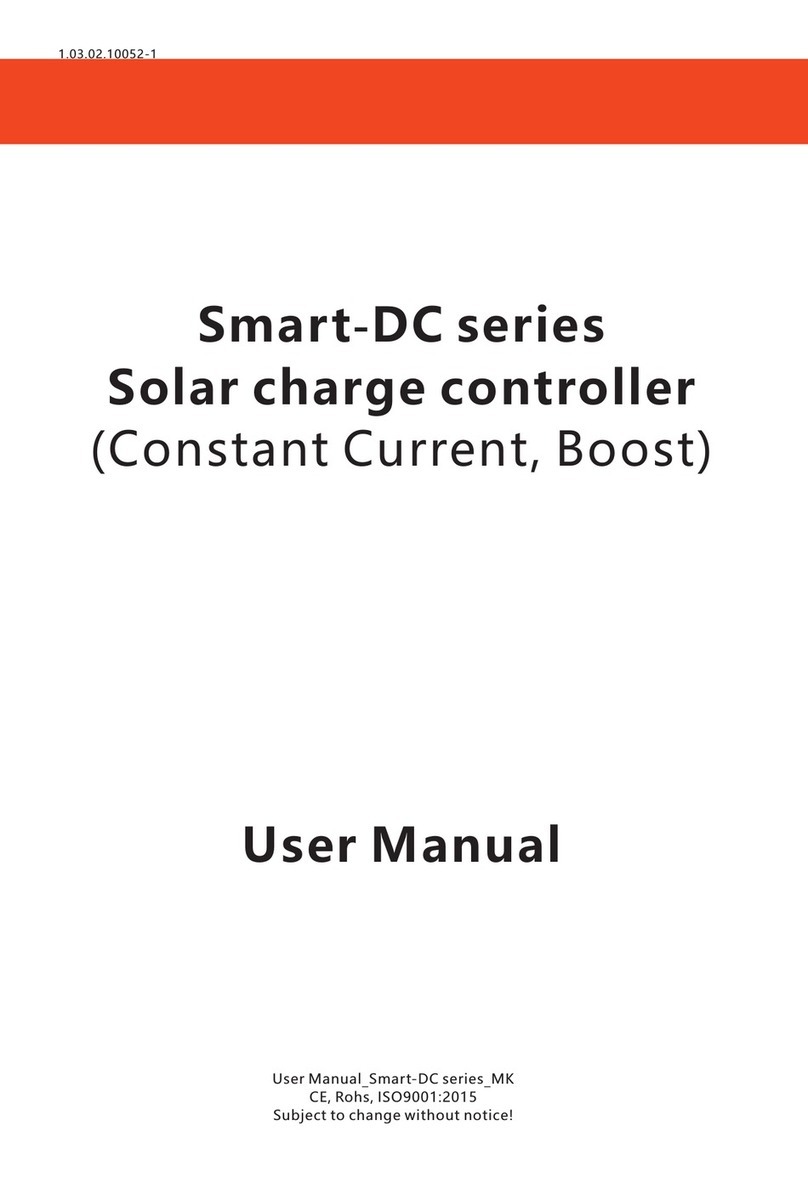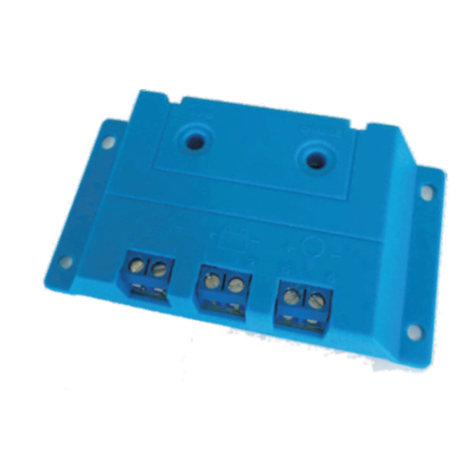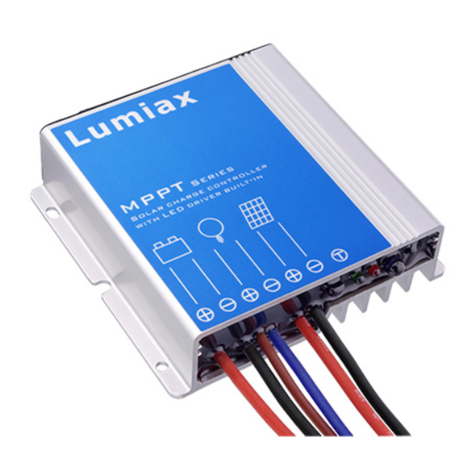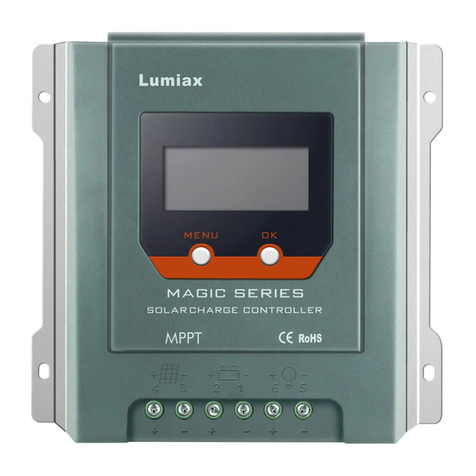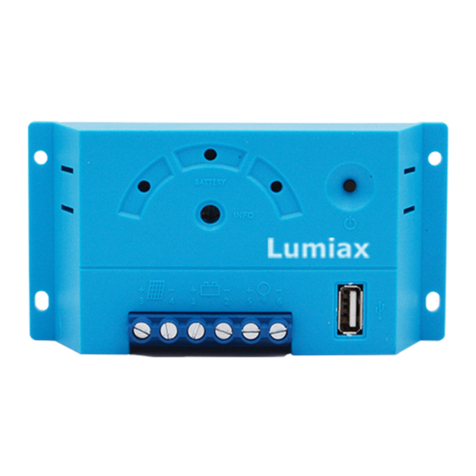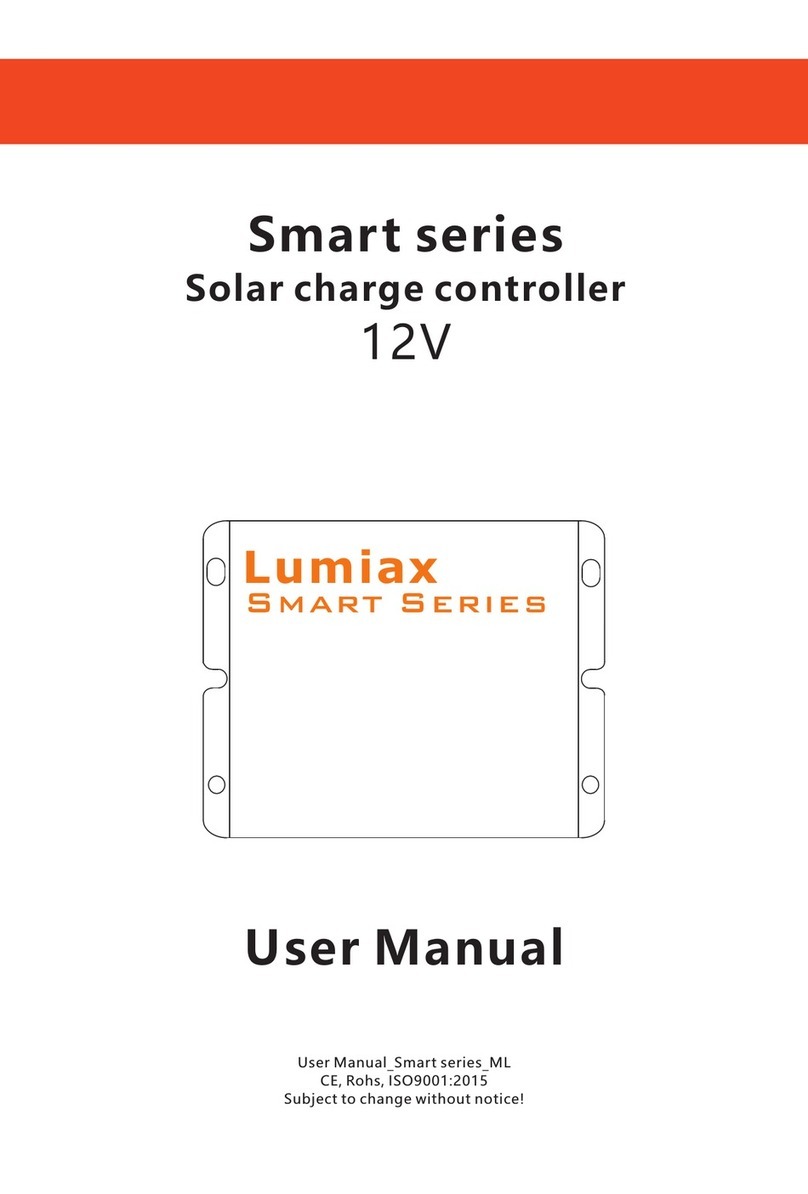
1
Contents
1.
1.1
1.2 Liability Exclusion................................................................................................................................................................2
3.
3.1 The dimensions of MT1050/1550-EU/MT1050-RS485 ................................................................................4
3.2 The dimensions of MT2075/2010/3075...............................................................................................................5
3.3 The dimensions of MT3010/4010............................................................................................................................6
3.4 The dimensions of MT4015 ........................................................................................................................................7
4.
4.1 Characteristics of MT1050/1550-EU/MT1050-RS485........................................................8
4.2 Characteristics of MT2075/2010/3075.......................................................................................8
4. Characteristics of MT 010/4010/4015.......................................................................................9
4.4 Temperature Sensor .......................................................................................................................................................9
4.5 RS485 .....................................................................................................................................................................................10
4.6 Optional Accessories.....................................................................................................................................................10
5.
5.1 Installation Notes............................................................................................................................................................12
5.2 Mounting Location Requirements..........................................................................................................................12
5.3 Wiring Specifications ....................................................................................................................................................13
5.4 Connection .........................................................................................................................................................................13
5.5 Grounding ...........................................................................................................................................................................14
6.Operation ...................................................................................................................................................15
6.1 LCD Display.........................................................................................................................................................................15
6.2 Key function .......................................................................................................................................................................17
6.3 USB interface .....................................................................................................................................................................17
6.4 Parameters setting..........................................................................................................................................................18
7.Protections, Troubleshooting and Maintenance ............................................................................20
7.1 Troubleshooting ..............................................................................................................................................................20
7.2 Protection............................................................................................................................................................................21
7.3 Maintenance ......................................................................................................................................................................21
Safety instructions and waiver of liability...............................................................................................2
Safety Instructions ..............................................................................................................................................................2
Pruduct Overview .......................................................................................................................................3
Dimensions ................................................................................................................................................4
Structure & Accessory ............................................................................................................................8
Structure &
Structure &
3 Structure & 3
Installation.................................................................................................................................................12
8.Technical Data .............................................................................................................................................22
2.
1
